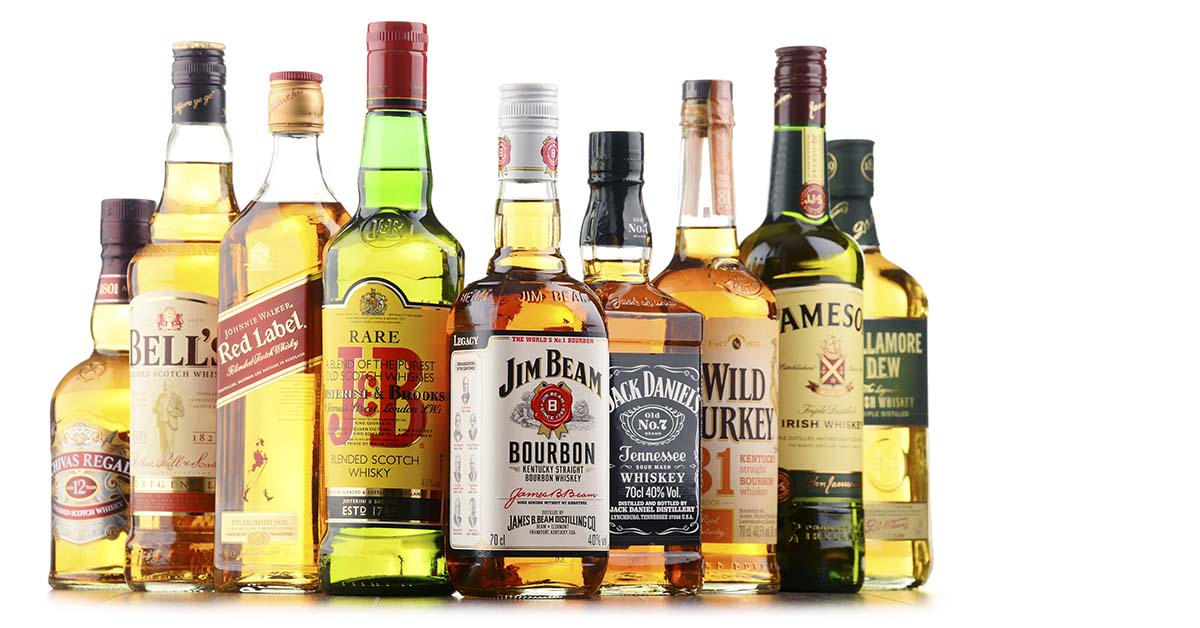Alcohol is so commonplace that many people don’t realize how many activities and events involve drinking. Beer at sports games, wine at dinner parties, champagne at weddings, cocktails at business events, or any type of booze to ‘take the edge off’ after a hard day. Therefore, it might be no surprise that most people don’t know the risk of consuming even moderate amounts of alcohol, according to experts. Now they are calling on the government to put cancer warning labels on alcohol containers just like cigarette packs’ health warnings.
Update of Canada’s Low-Risk Alcohol Drinking Guidelines
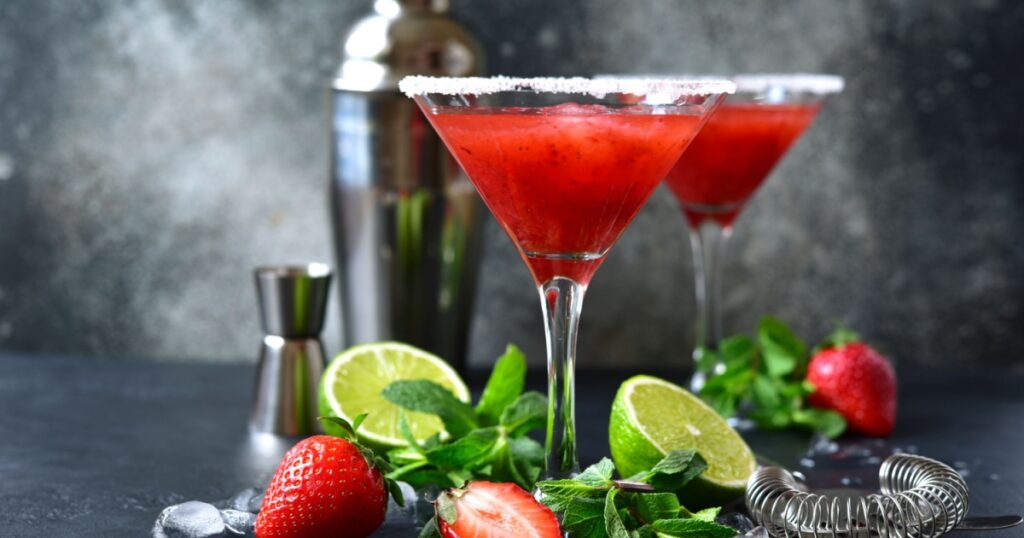
The Canadian Centre on Substance Use and Addiction (CCSA) recently released “Canada’s Low-Risk Alcohol Drinking Guidelines,” which updates the previous guidelines from 2011. It states that no amount of alcohol is truly safe and consuming more than two drinks a week is risky. This is a shocking shift from 2011’s guidelines, which set the limit at 15 drinks for men and 10 for women per week to mitigate long-term health risks. [1]
But CCSA’s new recommendation reflects the results of almost 6,000 peer-reviewed studies from the past ten years that link various diseases — including at least seven kinds of cancer — to alcohol consumption. It states that 3 to 6 drinks a week increases the risk of developing some types of cancer, including breast and colorectal cancer. Plus, over 7 drinks a week can increase the risk of stroke and heart disease.
Read More: Cancer is Adaptive and Can Switch Sugar for Fatty Acids to Spread Around the Body
The risk increases with more alcohol consumption

“The last time we did the guidelines, it was in 2011,” said Catherine Paradis, the interim associate director of research, for the CCSA. “In 10 years there’s definitely been significant improvements in our understanding of mortality and morbidity associated with alcohol use. We have a much better understanding of the link between alcohol and cancer.” [2]
However, despite all of these results, most Canadians are unaware of the risks associated with drinking — or they choose to overlook them. Paradis added that some even believe there are health benefits associated with drinking, although recent studies state the opposite, or that the negatives outweigh the positives.
Warning Labels on Alcohol Containers
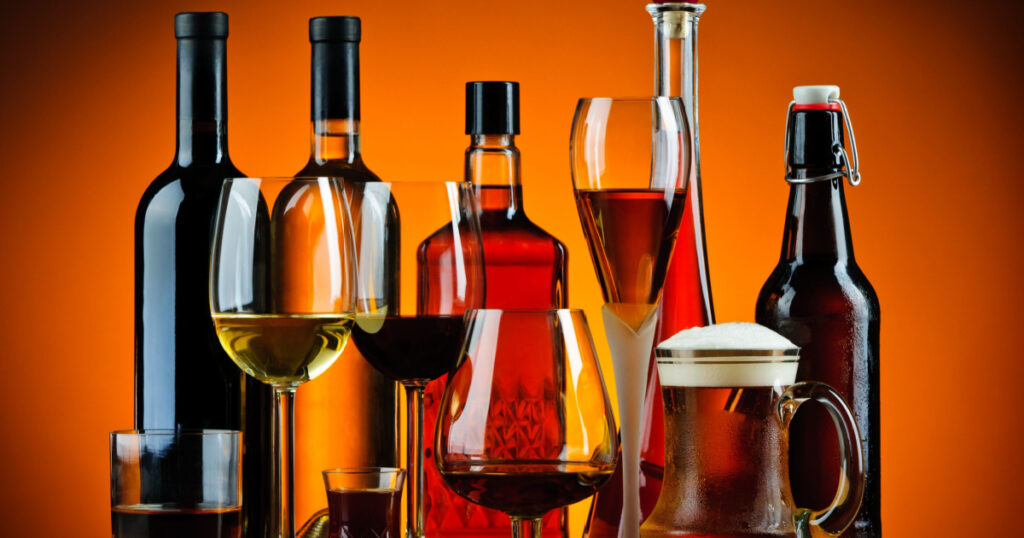
Based on this research, the CCSA calls for health warning labels on alcoholic products that explain the cancer risks as well as how many standard drinks are in each bottle. “Standard drink labels are necessary because people need to be able to count their drinks,” said Paradis. “Labels about the health risk will provide people with that rationale as to why they should follow the guidance.” They deemed a standard drink as 17.05 ml or 13.45 g of pure alcohol. This is equal to a bottle of beer that’s 12 oz./341 ml, a glass of wine that’s 5 oz./142 ml, or a shot glass of spirits that’s 1.5 oz./43 ml. [3]
The CCSA isn’t the only one calling for health warning labels
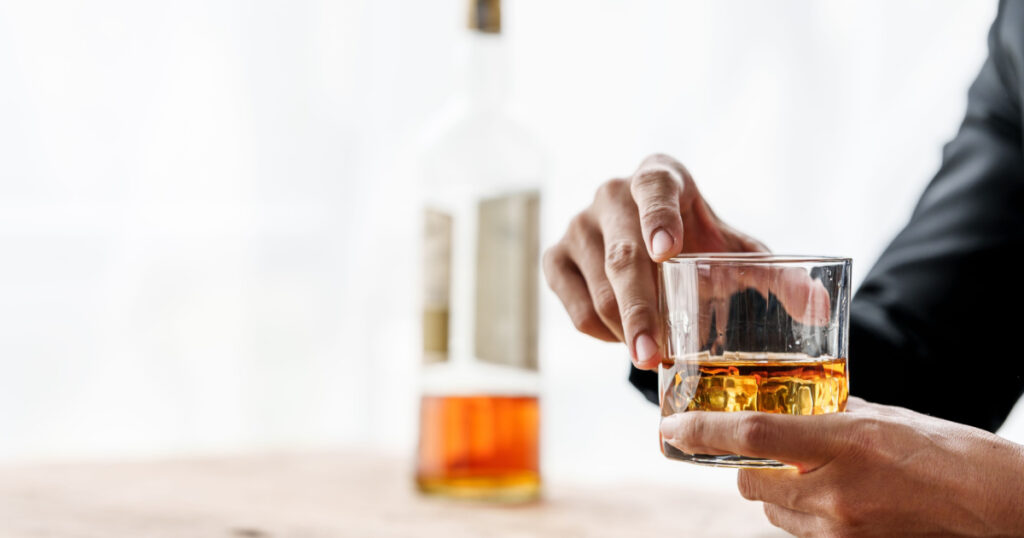
The World Health Organization has made a recent news release that states, “When it comes to alcohol consumption, there is no safe amount that does not affect health.” The release quotes the International Agency for Research on Cancer, which classified alcohol as a Group 1 carcinogen, the highest risk category, alongside tobacco and radiation. [4]
Furthermore, the effects of labels on alcoholic items have already been studied
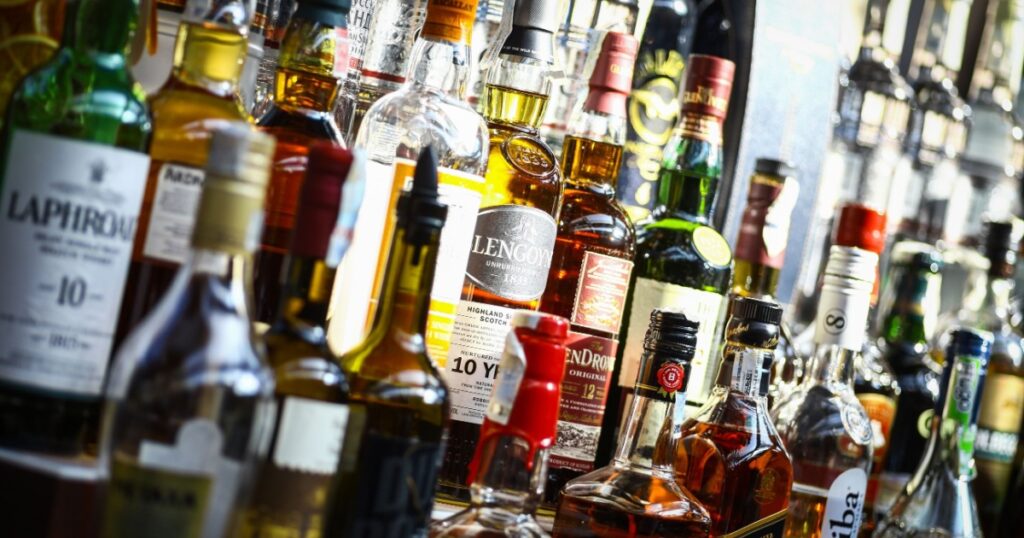
For a month in 2017, Erin Hobin, a senior scientist with Public Health Ontario, ran an experiment in Yukon where warning labels were put on alcoholic products in two government-owned liquor stores.
“What we learned from that study was that the cancer warning grabbed consumer attention,” said Hobin. “They read the cancer warning very closely, they thought about that message. They talked to their neighbors and their friends about that message, so there was real deep processing of that message.”
As a result, people drank less. “Exposing people to cancer warnings on alcohol containers actually is associated with a reduction, a seven percent reduction in per capita alcohol use compared to sites that were not exposed to the alcohol warning labels,” Hobin said.
Read More: Video Time-Lapse Shows How Dark Patch of Skin Turns Into Melanoma Cancer
“Their job is to find harm”

However, not everyone is on board with these new guidelines. Some health experts are skeptical about the results of the research and accuse the board of fear-mongering Canadians who drink moderately. “This type of research often marginalizes other considerations of health and wellbeing from alcohol,” said Dan Malleck, a professor of health sciences at Brock University. “With their job as the Canadian Center on Substance Abuse and Addiction, there’s no space in there for considering there might be benefits. Their job is to find harm.”
Malleck points out that the research doesn’t look into the fact that alcohol is used for enjoyment, stress relief, and social interaction. “We aren’t just machines with inputs and output of chemicals or nutrition. We actually exist in a social space. And that has a significant impact on our health.” He also notes that fear-mongering could lead to its own negative impact. “If you’re creating anxiety and worry in people, you’re not really doing anyone any favors, because we know that anxiety and worry have … negative physical health effects.” [5]
“The hope is that people will moderate their usage…“
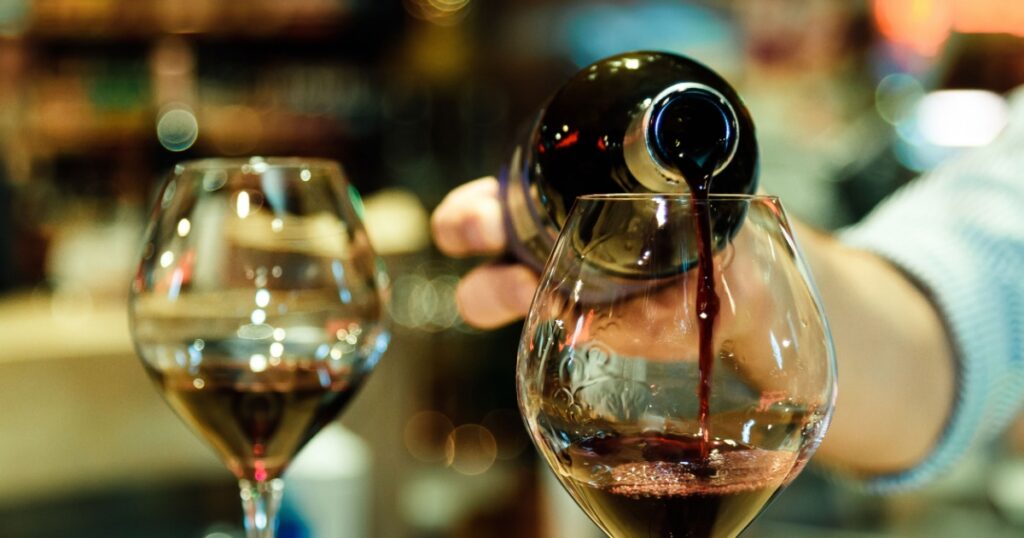
However, other experts support the guidelines and how they spread awareness about the often-overlooked effects of alcohol. Taryn Grieder, a professor of psychology at the University of Toronto, points out that occasional use of a psychoactive drug like alcohol won’t significantly impact a person’s life. But many people consume it on a regular basis.
“The hope is that people will moderate their usage and not drink every day, because we’ve seen research that has shown that alcohol is a carcinogen,” said Grieder. She added that although certain drinks may have some health benefits, that doesn’t apply to all drinks, and it doesn’t warrant drinking large amounts. “A glass of red wine a day might have some benefits. But not beer, not a shot of hard alcohol. I think people took this idea of alcohol possibly having health benefits and really ran with it.” [6]
Read More: Is Decaf Coffee Safe to Drink? Advocacy Groups Highlights Additive Linked to Cancer
Sources
- “Update of Canada’s Low-Risk Alcohol Drinking Guidelines: Final Report for Public.” CCSA. August 2022
- “It’s time to put cancer warning labels on alcohol, experts say.” CBC. Ioanna Roumeliotis and Brenda Witmer. January 17, 2023
- “What’s behind Canada’s drastic new alcohol guidance.” BBC. Holly Honderich. January 23, 2023
- “No level of alcohol consumption is safe for our health.” WHO. Janaury 4, 2023
- “Just how risky is it to drink more alcohol than Canada’s new guide advises?” CBC. Yvette Brend. January 25, 2023
- “Health Canada recommends limiting alcohol to just 2 drinks per week.” The Guardian. Layland Cecco. January 18, 2023
